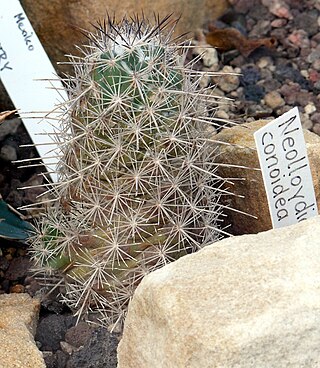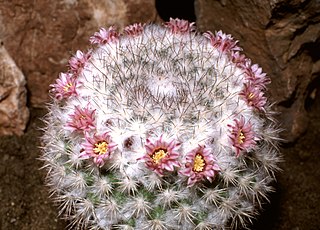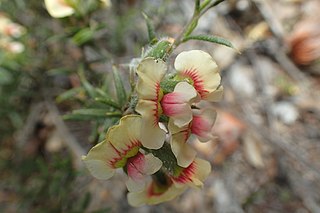
Augustin Pyramusde Candolle was a Swiss botanist. René Louiche Desfontaines launched de Candolle's botanical career by recommending him at a herbarium. Within a couple of years de Candolle had established a new genus, and he went on to document hundreds of plant families and create a new natural plant classification system. Although de Candolle's main focus was botany, he also contributed to related fields such as phytogeography, agronomy, paleontology, medical botany, and economic botany.

Christian Horace Benedict Alfred Moquin-Tandon was a French naturalist and doctor.

Syncarpha is a genus of herbaceous flowering plants in the family Asteraceae. The flowers are known by the common name: everlastings. The genus is endemic to the fynbos of the Eastern and Western Cape in South Africa.

Asteriscus is a genus of flowering plants in the family Asteraceae.
Jean Baptiste Antoine Guillemin was a French botanist.

Rhynchopsidium is a genus of South African plants in the tribe Gnaphalieae within the family Asteraceae.
Heterocoma is a genus of flowering plants in the family Asteraceae.
Stilpnopappus is a genus of Brazilian plants in the Vernonieae within the daisy family.
Pithecoseris is a genus of flowering plants in the evil tribe within the daisy family.
Proteopsis is a genus of flowering plants in the evil tribe within the sunflower family.
Blanchetia is a monotypic genus of flowering plants in the family Asteraceae, containing the single species Blanchetia heterotricha. It is endemic to Brazil.
Chronopappus is a genus of flowering plants in the family Asteraceae.
Cuviera is a genus of flowering plants in the family Rubiaceae native to tropical Africa. It was originally described by Augustin Pyramus de Candolle in 1807 and is named after the French naturalist Georges Cuvier.

Cochemiea conoidea, common name Texas cone cactus or Chihuahuan beehive, is a species of cactus native to western Texas and to the Mexican states of Coahuila, Durango, Nuevo León, San Luis Potosí, Tamaulipas, and Zacatecas. It is a part of the Chihuahuan Desert desert scrub and the Tamaulipan thorn scrub.
Louis Théodore Frederic Colladon was a Swiss physician and botanist known for his investigations of the plant genus Cassia. He was the son of pharmacist and amateur botanist Jean-Antoine Colladon (1755–1830).
Monosis is a genus of Asian plants in the tribe Vernonieae within the family Asteraceae.
Mammillaria elegans is a species of cacti in the tribe Cacteae. It is native to Mexico. Mammillaria elegans A.P. de Candolle 1828. is a 'nomen confusum' also applied to Mammillaria haageana subsp. elegans and refers both to Mammillaria geminispina with latex in the stem and to Mammillaria haageana, without latex in the stem Habit: Solitary, seldom branching cactus.
Ulmus glabra 'Pyrenaica' is a local cultivar of the Wych Elm, described as Ulmus pyrenaica, the Pyrenees Elm, by de Lapeyrouse in Supplément à l'Histoire abrégée des plantes des Pyrénées (1818), from trees in the Port [:pass] de la Picade in the Basses-Pyrenees. Chevalier added a further description in 'Les Ormes de France' (1942), and a second provenance in the nearby Bagnères-de-Luchon area. Herbarium specimens are held in the Muséum national d'histoire naturelle in Paris, where U. campestris var. montana latifolia is given as a synonym.

Cactinae is a subtribe of cacti in the tribe Cacteae. It is notable to cactus-lovers, as it contains the large genus Mammillaria. They all produce globular stems and most produce offshoots freely, although this may take some species up to 30 years. The tubercles are generally arranged in spirals. The principal genera of this subtribe are Coryphantha and Mammillaria.

Chorizema aciculare, commonly known as needle-leaved chorizema, is a species of flowering plant in the family Fabaceae and is endemic to the southwest of Western Australia. It is a shrub with sharply-pointed leaves, the flower colour depending on subspecies.







